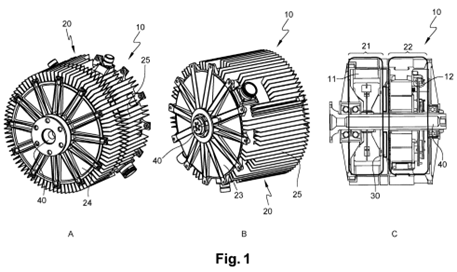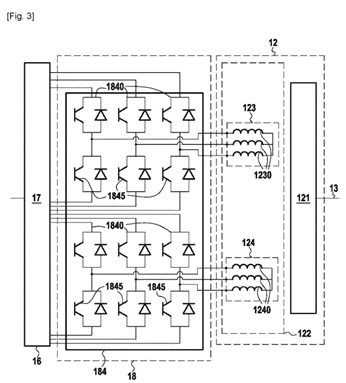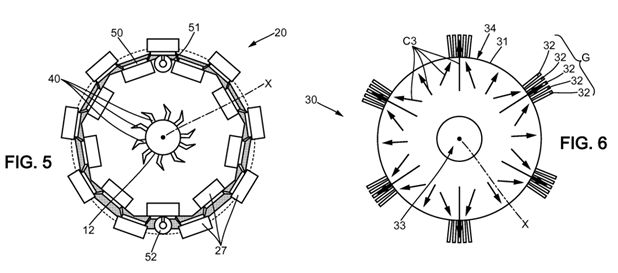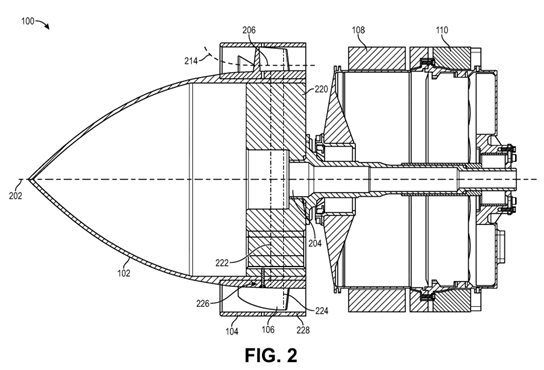20/02/2025
The European Union Aviation Safety Agency (EASA) recently announced they had – for the first time ever – issued a type certificate for an electric motor designed for use in electric and hybrid electric aircraft propulsion systems. The type certificate, awarded to French aerospace manufacturer Safran for their ENGINeUS 100 model motor, has been issued by EASA under Special Condition SC E-19, permitting certain use of the motor in electric and hybrid electric aircraft with up to 19 seats.
SC E-19 was published by EASA in 2021 after several years of development, with the joint aims of promoting innovation in the fledgling Urban Air Mobility (UAM) and Regional Air Mobility (RAM) markets and filling the regulatory gap created by developments in this sector. While it remains the case that there are no electric or hybrid electric aircraft in commercial, passenger-carrying, operation, this is no doubt a step forward and Safran will be rightfully proud to be the first to achieve this milestone.
Safran’s patents
While Safran’s website and the EASA type certificate data sheet (available here) provide some high-level performance statistics for the ENGINeUS 100, they have released relatively little in the way of technical detail. It is said to be a permanent magnet motor featuring integrated power and control electronics, all cooled by air. More can be gleaned from a small selection of Safran’s patents, however.
US 2025/0015672 A1 is directed to the air cooling of an electric motor. As well as suggesting the motor is of the conventional radial flux type, it shows the casing of the motor unit includes two axially stacked sections 21, 22, one of which houses the motor and the other of which house the inverter and controller. A centrifugal air pump is mounted to the motor shaft 40.

US 11456693 B2 describes a smart electric motor 12 which has a single rotor but two electrically and magnetically decoupled three-phase stator assemblies 123, 124, powered by separate circuits of an inverter 18. The total power of the motor is split between the two stators and inverters, improving its fault tolerance.

Possible details of the integrated inverter and air cooling system are revealed in WO 2024009024 A1. This shows the power modules 27, which make up the inverters, are arranged around the circumference of the annular casing, which also includes cooling fins 32. Meanwhile, blades 40 mounted to a portion of the rotor shaft 12 of the motor promote the movement of air within the casing and over the power modules.

Finally, US 2024/102432 A1 describes integration of the smart motor with a propulsive fan assembly. The combined assembly of the motor 108 and power electronics 110 sit concentrically behind the fan hub 102. The fan directs incoming air through an annulus 206, which directs air onto the cooling fins on the outside of the motor casing.

How will patents factor in the electric aircraft sector?
It will be interesting to see how Safran and others use their patents as the UAM and RAM markets develop. These are completely new products, and will see aerospace incumbents such as Safran competing alongside start-ups, such as electric aircraft powertrain supplier MagniX and airframers Joby, Archer and UK-based Vertical Aerospace.
It is notable that these companies have been developing their technologies in parallel over a relatively short timeframe; certification regimes such as SC E-19 are relatively recent developments, and the sector has little history prior to 2017. It is entirely possible that the various competitors will have arrived at similar, possibly overlapping, technical solutions, some of which will be patented. Those with the clearest IP strategies and the strongest patent portfolios may well be the ones best placed to succeed as the market develops.
If you need advice on developing an IP strategy and acquiring valuable IP rights, please get in touch.
This article is for general information only. Its content is not a statement of the law on any subject and does not constitute advice. Please contact Reddie & Grose LLP for advice before taking any action in reliance on it.



